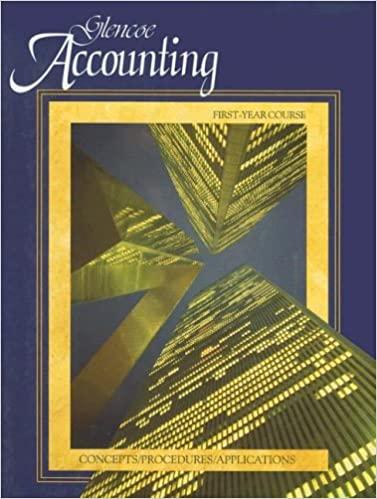Ramsey Company proces speakers (Model A and Model B). Both products pass through two producing departments Model A production is much more labor intensive than that of Model Model B is also the more popular of the two speakers. The following data has been g ered to the products Product Data Model Model Units produced per year 10 000 100.000 Prime costs 5150 000 $1.500.000 Dwech bor hours 141000 Machine hours 21000 Production runs inspector hours Marance hours Overhead costs Print Item Overhead costs Setup costs $243,000 Inspection costs 195,500 Machining 281,900 Maintenance 290,000 Total $1,010,400 Required: 1. Compute the overhead cost per unit for each product by using a plantwide rate based on direct labor hours. (Round to two decimal places 2. Compute the overhead cost per unit for each product by using ABC (Round rates and unit overhead cost to two decimal places) 3. Suppose that Ramsey decides to use departmental overhead rates. There are two departments: Department 1 (machine intensive) with a rate of $3.80 per machine hour and Department 2 (labor intensive) with a rate of $0.90 per direct labor hour. The consumption of those two drivers is as follows: Department 1 Machine Hours 10.000 190,000 Department 2 Direct Labor Hours 133,000 290,000 Model A Model B prom .. 4. CONCEPTUAL CONNECTION Using the activity-based product costs as the standard, comment on the ability of departmental rates to improve the accuracy of product costing. Did the departmental rates do better than the plantwide rate? Plantwide Rate 1. Compute the overhead cost per unit for each product by using a plantwide rate based on direct labor hours. (Round to two decimal places) Plantwide rate: S per DLH Model : $ Model : $ overhead cost per unit overhead cost per unit Activity Rates 2. Compute the overhead cost per unit for each product by using ABC (Round rates and unit overhead costs to two decimal places) Model AS overhead cost per unit overhead cost per unit Model : S UCTUT. Activity Driver Activity Rate Setups per Inspections S per Machining Maintenance Overhead assignment Model A Model B Setups Inspections Machining Maintenance Total overhead + Units produced Overhead per unit $ Suppose that Ramsey decided to use departmental overhead rates. There are two departments Department machine intensive with a rate of $380 per machine hour and Department 450 90 per direct labor hour. The consumption of these two drivers is as follows: or intensive) with a Department Machine Hours Department 2 Direct Labor Hours Model 10 000 Model B 190.000 200.000 Compute the overhead cost per unit for each product by using departmentaries (Round to decompos Model AS Models











